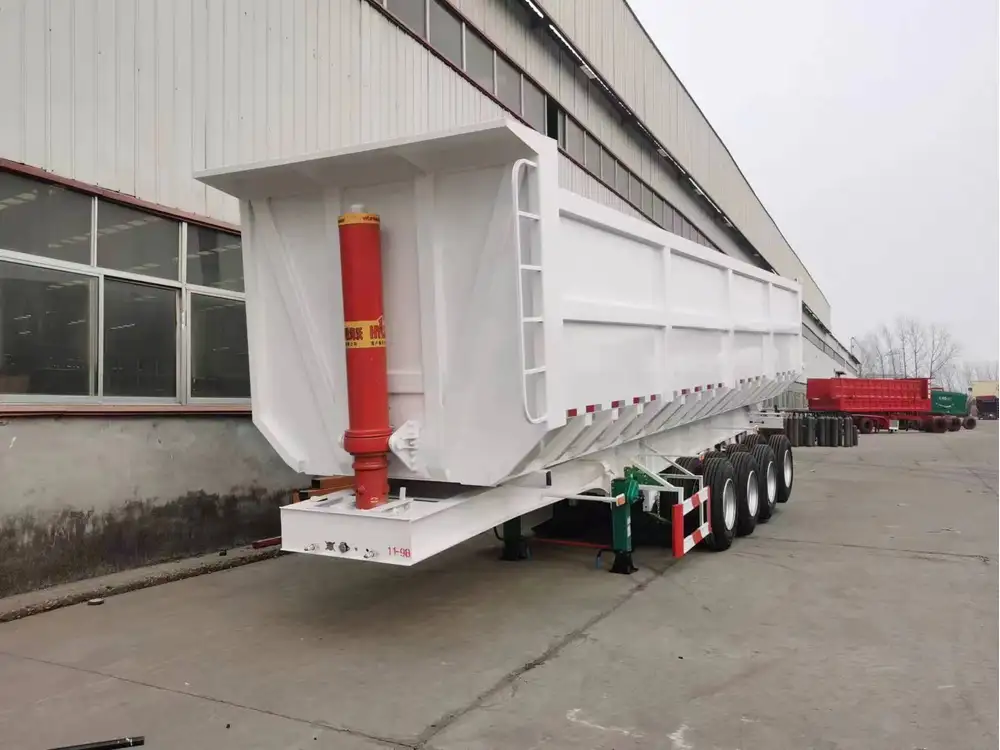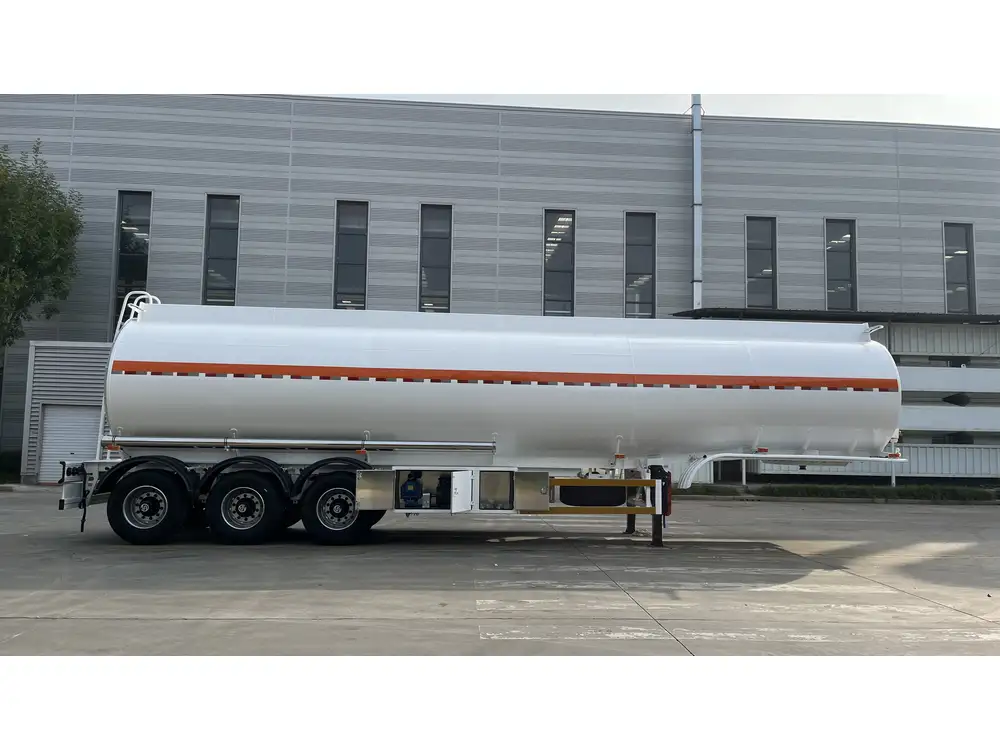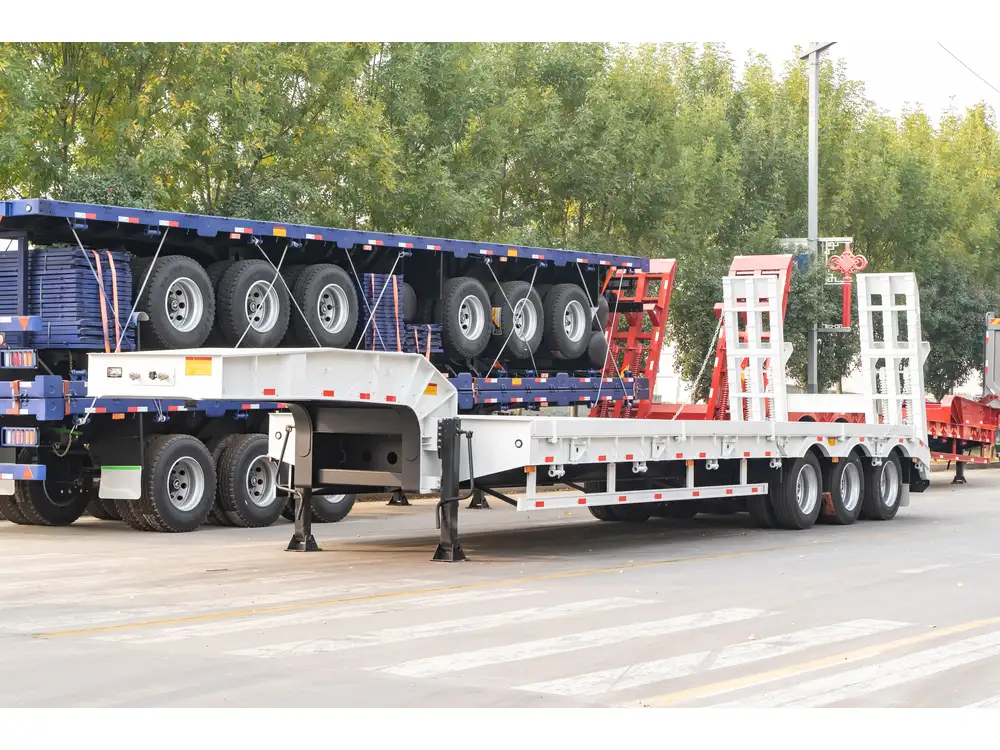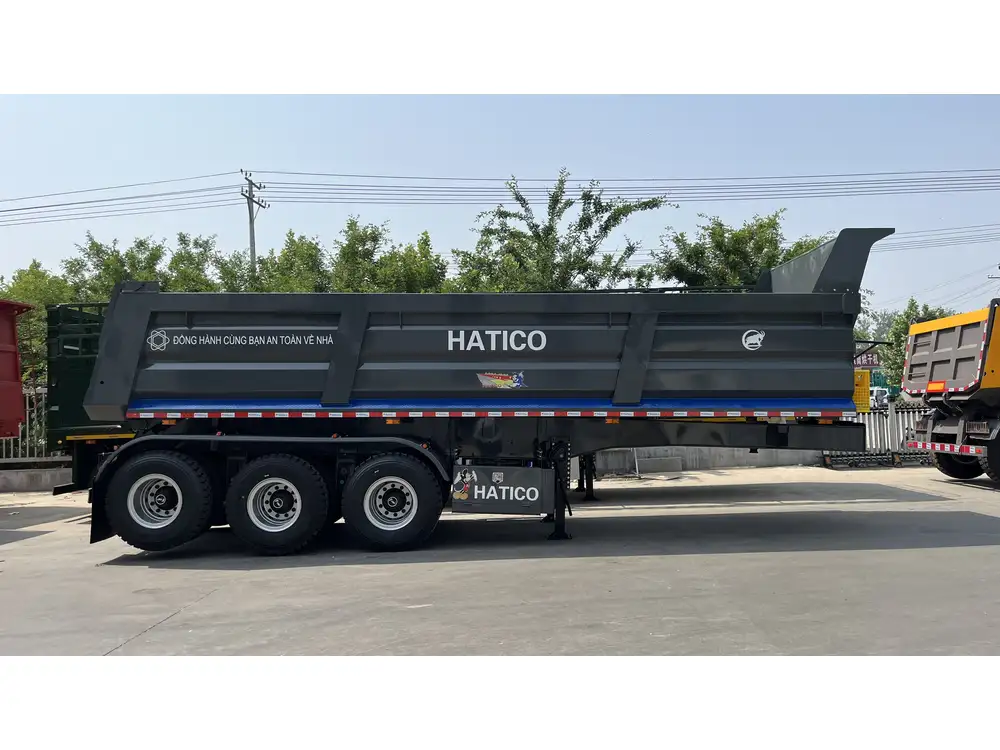Understanding the intricate features and applications of tipping skeletal trailers is crucial for businesses that rely on efficient transportation solutions. Whether you’re involved in logistics, construction, or other sectors requiring heavy-duty hauling, selecting the right trailer can greatly impact your operational efficiency. This article dissects the nuances of tipping skeletal trailer hire, ensuring you make an informed decision that meets your business requirements effectively.
What is a Tipping Skeletal Trailer?
A tipping skeletal trailer is a specialized equipment piece designed for the efficient transport of containers and other heavy loads. Its primary feature is the ability to tip or tilt, facilitating the easy unloading of materials. This capability makes it indispensable for industries such as construction, logistics, and waste removal.
Key Features of Tipping Skeletal Trailers
| Feature | Description |
|---|---|
| Design | Lightweight steel construction allowing for high load capacities while minimizing overall weight. |
| Tipping Mechanism | Hydraulic systems that enable the trailer to tilt, resulting in efficient and quick unloading. |
| Versatility | Can accommodate various container sizes, making it suitable for different payloads and applications. |
| Stability | Equipped with stabilizing legs or supports to ensure safe operations during tipping. |

Benefits of Hiring Tipping Skeletal Trailers
When considering your options, hiring a tipping skeletal trailer offers several advantages over purchasing outright. Below are the primary benefits of opting for hire:
Cost-Effectiveness:
- Significant capital savings as opposed to purchasing, allowing you to allocate funds elsewhere.
Flexibility:
- Choose the specific model and size based on the project requirements, adjusting as needed for future hires.
Maintenance-Free:
- Avoid the burdens of maintenance and repairs since the hiring company typically handles this aspect.
Up-to-Date Equipment:
- Access the latest models with the best features, providing you with improved efficiency and safety.
Reduced Depreciation:
- By renting, you circumvent the vehicle depreciation that comes with ownership.
Choosing the Right Tipping Skeletal Trailer for Your Needs
Selecting the right trailer isn’t just about opting for the first one you come across. A thorough analysis can greatly enhance your operational effectiveness. Below are the critical factors to consider:
Load Capacity
Identifying the maximum weight and volume you plan to carry is paramount. Tipping skeletal trailers come in various sizes, and the chosen model must align with your hauling requirements. Consider the following:
- Typical Payload: Evaluate your product’s average weight.
- Maximum Weight Limits: Ensure that the trailer complies with local laws regarding maximum permissible weights.

Intended Use
Not all tipping skeletal trailers are created equal. Depending on your specific applications, the choice of hire may vary:
- Construction Site Freight: Select trailers designed for rugged terrains and heavy loading.
- Container Transport: Opt for models that accommodate standard shipping containers efficiently.
Trailer Dimensions
Take into account the space constraints of your loading and unloading zones. Measuring your equipment accurately helps in choosing a trailer that enables smooth operations without logistical hiccups.
| Dimension | Importance |
|---|---|
| Length | Must accommodate the size of the containers or loads to be transported. |
| Width | Ensure that it fits within the designated paths during transportation. |
| Height | Ascertain that it can pass under bridges or through tunnels without issue. |
Safety Considerations When Hiring Tipping Skeletal Trailers
Safety should always be at the forefront of your operational considerations. Here are fundamental safety protocols to adhere to when utilizing tipping skeletal trailers:

Pre-Operation Inspection
Before commencing transport tasks, perform a detailed inspection of the trailer:
- Check Hydraulic Systems: Ensure they function correctly for efficient loading and unloading.
- Inspect Tires and Brakes: Assess tire pressure and brake responsiveness for safety during transport.
- Examine Load Security: Ensure that load securing mechanisms are in optimal condition to prevent shifts during transit.
Proper Loading Techniques
Follow industry best practices for loading to ensure stability and safety:
- Distribute Weight Evenly: Load should be evenly spaced to avoid tipping during transit.
- Avoid Overloading: Stay within weight limits to maintain trailer integrity and road safety.
Training and Compliance
Ensure that operators are trained and understand local regulations governing trailer use. This includes:
- Safety Protocols: Adhering to loading and unloading procedures to prevent accidents.
- Weight Limit Laws: Compliance with local transportation laws.

Cost Factors in Tipping Skeletal Trailer Hire
Understanding the cost structure when hiring is essential for effective budgeting. Here are the key cost factors to consider:
Base Rental Rate
The basic price can vary depending on:
- Trailer Type: Different models, such as flatbeds or tippers, may come with varying rental costs.
- Duration: Longer hires typically reduce the daily rate, whereas short-term rentals may cost more in total.
Additional Fees
Be aware of potential additional charges that can affect overall expenses:
- Delivery Fees: Charges may apply for the delivery and pick-up of the trailer.
- Insurance Costs: Coverage options can substantially affect hiring costs; ensure you’re protected in case of damage.
| Cost Factor | Description |
|---|---|
| Rental Rate | The daily or weekly cost of the trailer hire. |
| Transport Fees | Charges for delivery and return of the trailer. |
| Insurance | Additional coverage costs for potential damages or liabilities. |

Maintaining Efficient Operations with Tipping Skeletal Trailers
Once you’ve successfully hired the appropriate trailer, it’s vital to maintain optimized operations to derive the most value from your hire. Below are strategies to enhance your operational efficiency:
Scheduling & Planning
Efficient scheduling ensures that you maximize the use of your hired equipment while minimizing idle time:
- Plan Loads: Organize pick-up and delivery schedules in advance.
- Optimize Routes: Use route planning tools to minimize travel time and expenses.
Communication with Hire Company
Establish open lines of communication with the hiring company:
- Report Issues Fast: Promptly inform the hire company of any problems to mitigate downtime.
- Seek Support: Don’t hesitate to request additional equipment if project demands increase unexpectedly.

Conclusion: Elevating Your Operations with Tipping Skeletal Trailer Hire
By confidently navigating the myriad factors surrounding tipping skeletal trailer hire, businesses can enhance their operational efficiency and effectiveness. With a deep understanding of your specific needs, keen awareness of industry standards, and adherence to best practices, you can turn the challenge of transporting heavy loads into a streamlined, profitable endeavor.
Prioritizing safety, understanding cost implications, and selecting the right trailer can yield substantial benefits. Whether you’re a seasoned logistics operator or a newcomer to the industry, these insights will empower you to make the best decisions for your projects, ensuring that your investments yield maximum returns.
Should you require assistance in selecting the ideal tipping skeletal trailer for your operations, contact us today to explore our extensive range of trailers that suit various needs. Your success is our priority, and we’re committed to helping you optimize your logistics and transportation processes.



